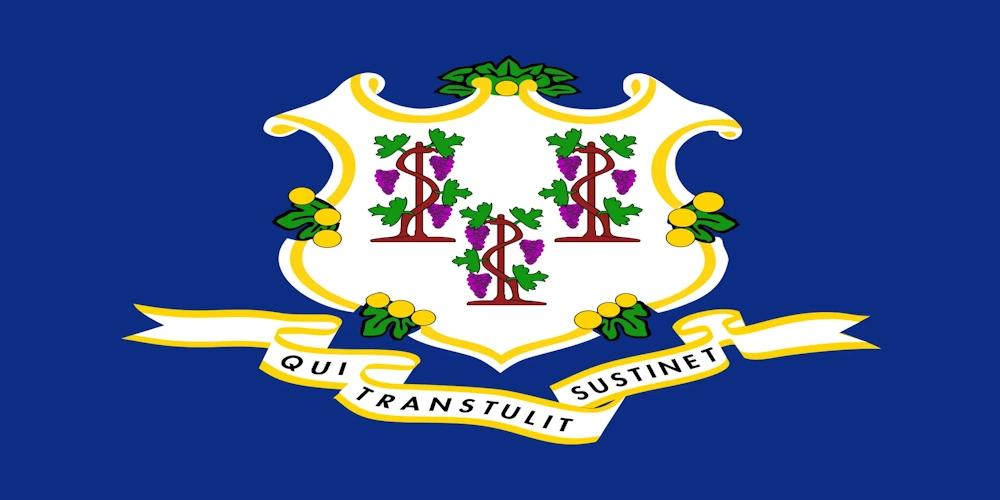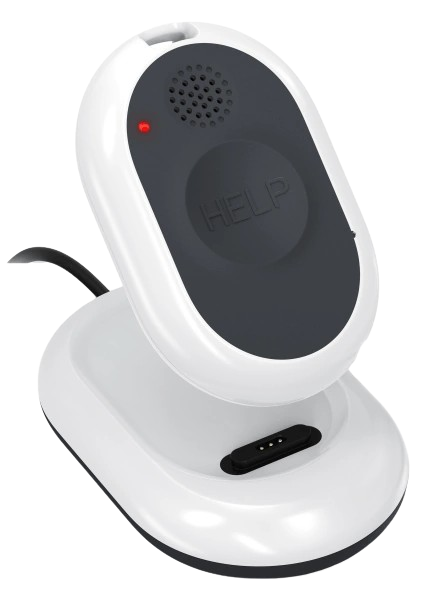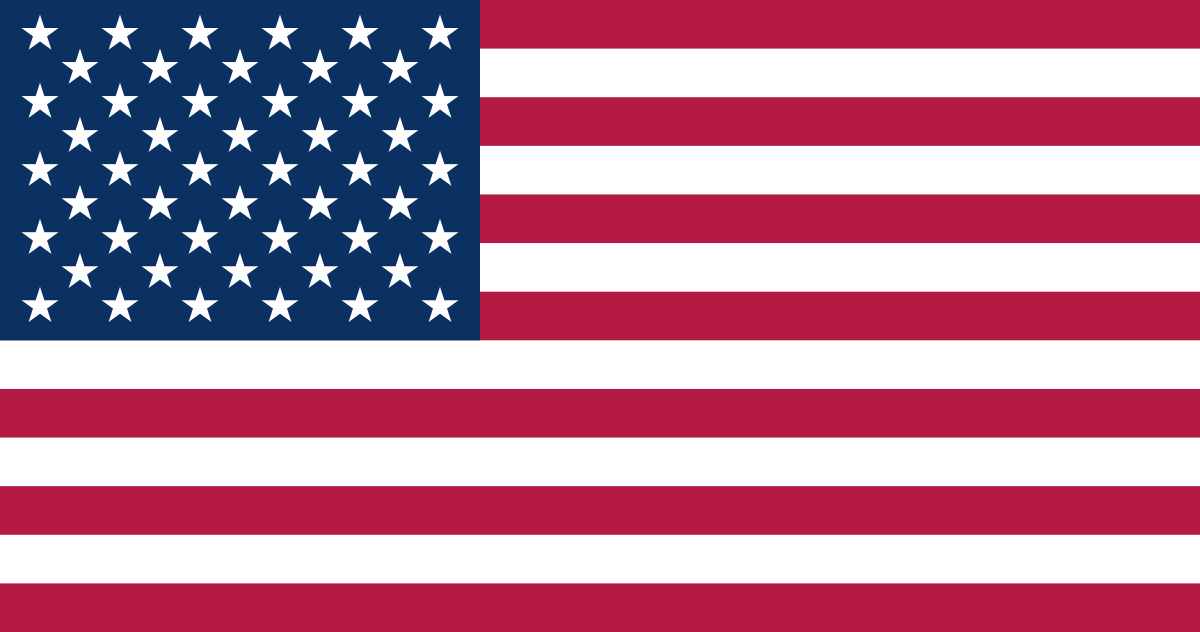From healthcare and social work to field service, utilities, and security, Connecticut is home to many industries where employees often work alone. These lone workers face unique safety challenges due to the absence of nearby coworkers or supervisors. While Connecticut does not operate a standalone occupational safety and health plan, it does enforce a public sector-only plan through CONN-OSHA. Private sector employers, however, fall under the jurisdiction of federal OSHA. This guide outlines how lone worker safety is addressed in Connecticut and what employers must do to protect staff working independently.
On This Page
Our Guide To Lone Worker Safety Policy And Legislation In Connecticut
Connecticut operates a public-sector-only OSHA-approved state plan, known as CONN-OSHA, which applies to state and municipal government employees. All private sector workplaces in Connecticut must comply with federal OSHA standards. While there is no regulation specifically dedicated to lone workers under either system, employers are required to provide a safe working environment for all employees—including those working alone—under OSHA’s General Duty Clause.
This means employers must assess the risks unique to isolated work, implement preventive measures, and maintain effective communication protocols. For public employers, CONN-OSHA may issue additional guidance related to safe work practices, hazard assessments, and training expectations.
How Connecticut Defines A Lone Worker
Connecticut law does not include an official definition of a “lone worker.” However, in line with common occupational health and safety practices, a lone worker is generally considered to be an individual who performs job duties without close or direct supervision and cannot easily summon assistance in an emergency.
Examples of lone workers in Connecticut include:
- Home healthcare providers and hospice workers
- Municipal maintenance and sanitation crews
- Utility inspectors and repair technicians
- Overnight custodial and security personnel
- Field-based social services professionals
- Real estate agents conducting solo property showings
These workers often face risks such as delayed emergency response, exposure to violence, environmental hazards, or medical emergencies—making proactive safety planning critical.
Employing A Lone Worker In Connecticut
Whether under CONN-OSHA or federal OSHA oversight, employers must take appropriate steps to protect lone workers in Connecticut. While specific safety plans will vary based on industry and job type, general best practices include:
- Conducting Risk Assessments: Identify and evaluate the hazards associated with working alone in various roles and environments.
- Establishing Contact Protocols: Use regular check-ins, alarms, or app-based tools to maintain communication with lone employees.
- Creating Emergency Response Plans: Ensure lone workers know how to access help quickly and are trained to respond to potential emergencies.
- Providing Training : Educate workers about hazard recognition, incident reporting, and using safety technology or communication tools.
- Monitoring Compliance: Regularly review and update lone worker procedures to reflect evolving risks or regulatory guidance.
Public-sector employers (e.g., cities, towns, school districts) should work directly with CONN-OSHA to ensure compliance with state-specific safety requirements.
Learn How You Can Protect Your Employees With Loneworker.com

With Loneworker.com you can be equipped with the knowledge and the means to protect your employees and protect your business. Contact us today to learn more about how Loneworker.com can protect you and your employees.
How The Safe Lone Worker App Can Protect Connecticut Lone Workers And Employers
Modern lone worker safety solutions—such as the Safe Lone Worker app—offer essential protections for employees working in isolation. Features like real-time GPS tracking, automatic alerts, scheduled check-ins, and panic buttons allow employers to maintain oversight and provide support in emergencies.
For organizations operating across Connecticut’s urban centers and rural areas alike, this kind of tool bridges the communication gap and enhances both safety and accountability. It also supports compliance with OSHA’s requirement to protect workers from known hazards and helps create a traceable record of safety activity.
Connecticut Lone Worker Policies
In Connecticut, workplace safety regulations differ between the public and private sectors. Public employers—such as state agencies, local governments, and municipalities—are covered by CONN-OSHA, which is administered by the Connecticut Department of Labor. Private sector employers, on the other hand, must comply with federal OSHA standards.
Employers are strongly encouraged to review relevant OSHA standards and consult with safety professionals or legal counsel to ensure their lone worker policies align with applicable laws and best practices. For official guidance, visit CONN-OSHA or OSHA.gov.
Connecticut Lone Worker Resources
OHS Contact Centre
- 1-866-415-8690
CDC / NIOSH
- 800-232-4636

Affordable Monitoring For Lone Workers In Connecticut

-
 Monitoring Your Employees' Safety
Monitoring Your Employees' Safety
-
 GPS Tracking And Monitoring
GPS Tracking And Monitoring
-
 Man Down Panic Alerts
Man Down Panic Alerts
-
 24/7 Protection Anywhere
24/7 Protection Anywhere
Lone Worker Legislation
Lone Worker Safety Policies And Legislation By State
-
 Alabama State Safety Policies And Legislation
Alabama State Safety Policies And Legislation
-
 Alaska State Safety Policies And Legislation
Alaska State Safety Policies And Legislation
-
 Arizona State Safety Policies And Legislation
Arizona State Safety Policies And Legislation
-
 Arkansas State Safety Policies And Legislation
Arkansas State Safety Policies And Legislation
-
 California State Safety Policies And Legislation
California State Safety Policies And Legislation
-
 Colorado State Safety Policies And Legislation
Colorado State Safety Policies And Legislation
-
 Connecticut State Safety Policies And Legislation
Connecticut State Safety Policies And Legislation
-
 Delaware State Safety Policies And Legislation
Delaware State Safety Policies And Legislation
-
 Florida State Safety Policies And Legislation
Florida State Safety Policies And Legislation
-
 Georgia State Safety Policies And Legislation
Georgia State Safety Policies And Legislation
-
 Hawaii State Safety Policies And Legislation
Hawaii State Safety Policies And Legislation
-
 Idaho State Safety Policies And Legislation
Idaho State Safety Policies And Legislation
-
 Illinois State Safety Policies And Legislation
Illinois State Safety Policies And Legislation
-
 Indiana State Safety Policies And Legislation
Indiana State Safety Policies And Legislation
-
 Iowa State Safety Policies And Legislation
Iowa State Safety Policies And Legislation
-
 Kansas State Safety Policies And Legislation
Kansas State Safety Policies And Legislation
-
 Kentucky State Safety Policies And Legislation
Kentucky State Safety Policies And Legislation
-
 Louisiana State Safety Policies And Legislation
Louisiana State Safety Policies And Legislation







